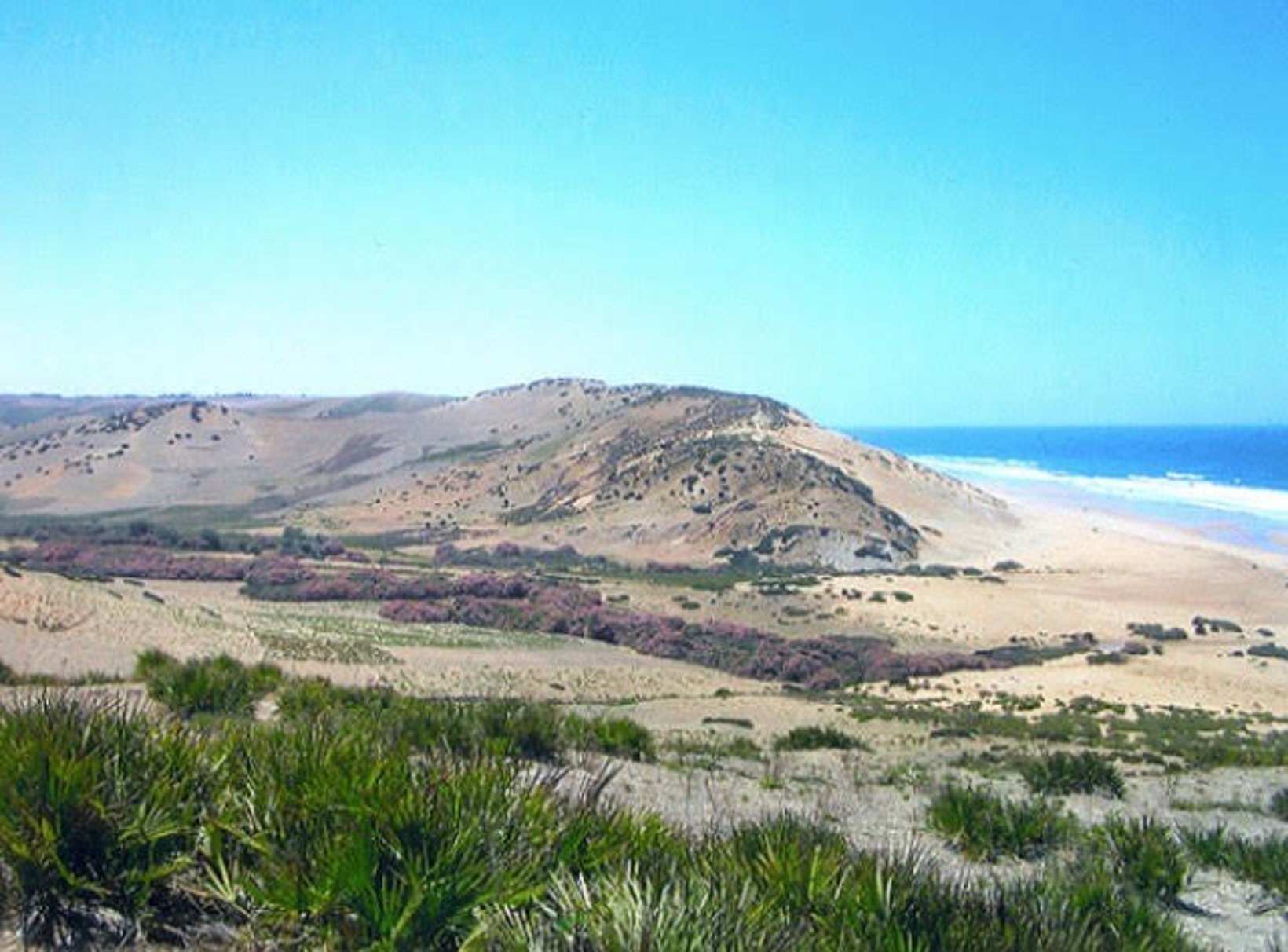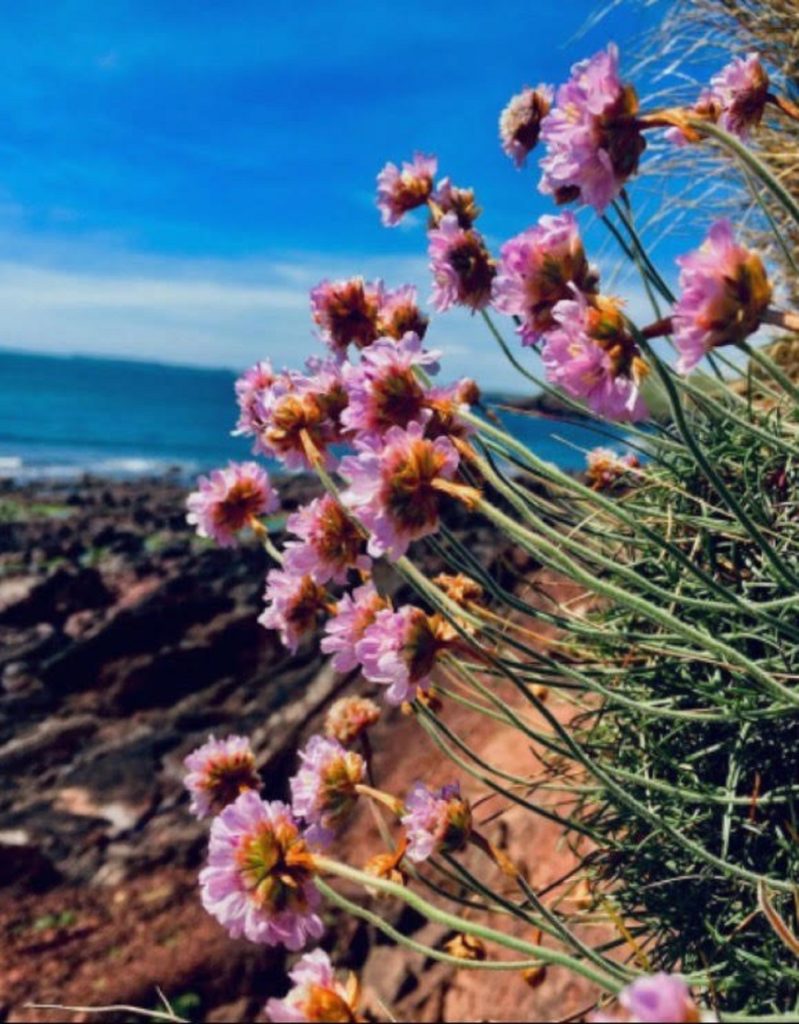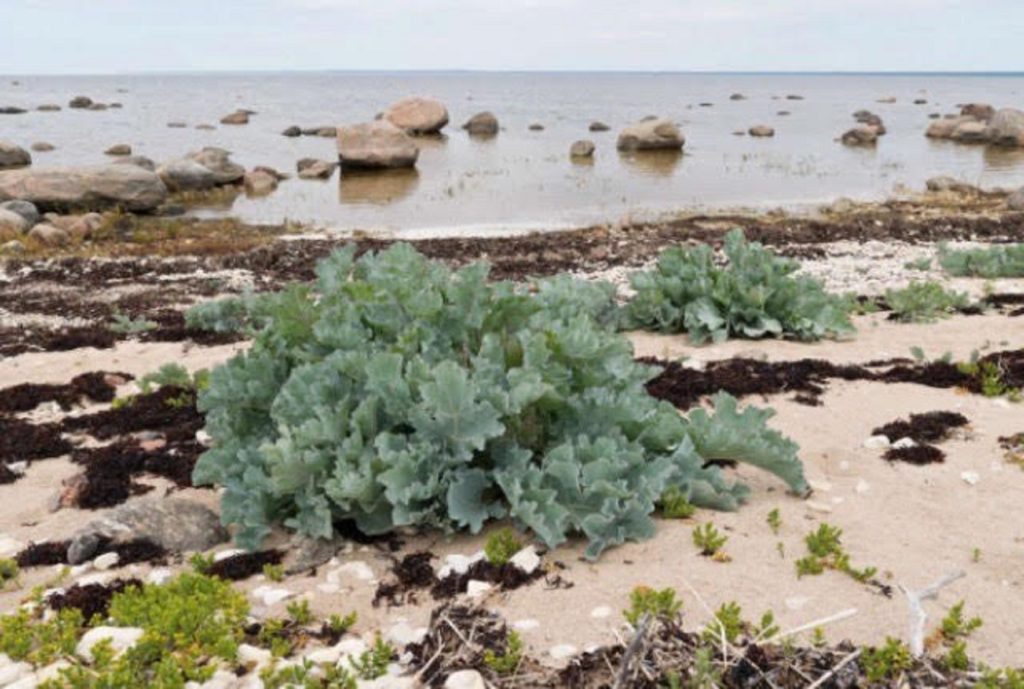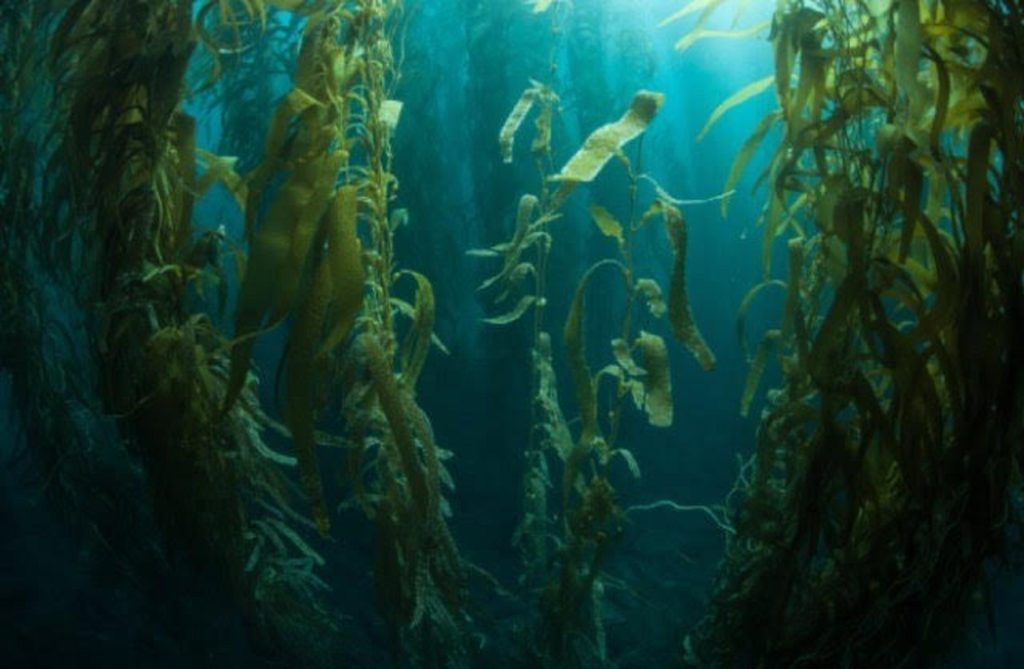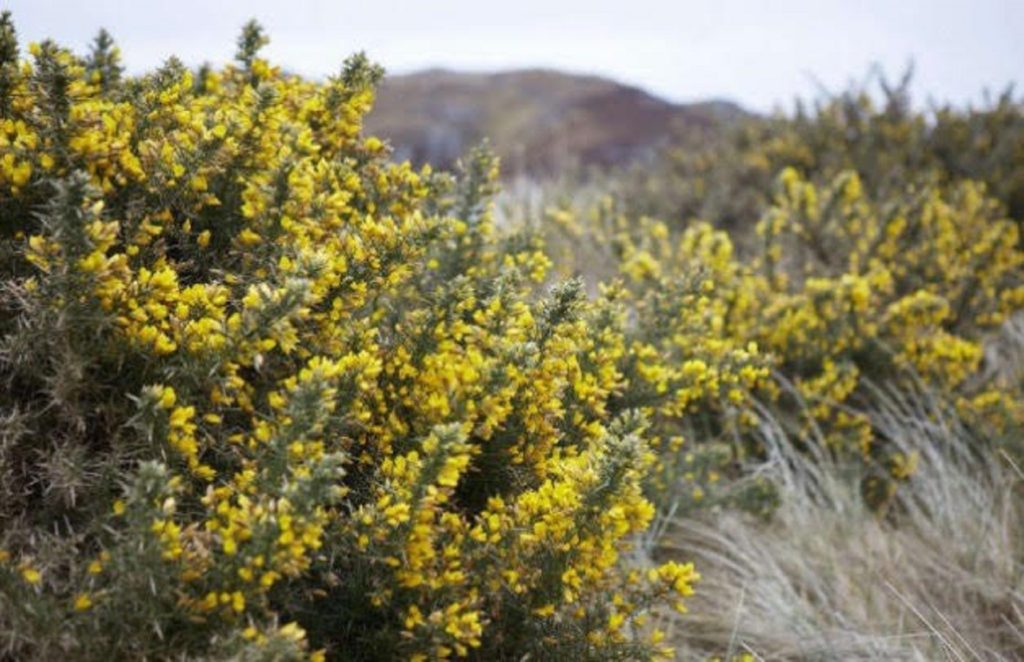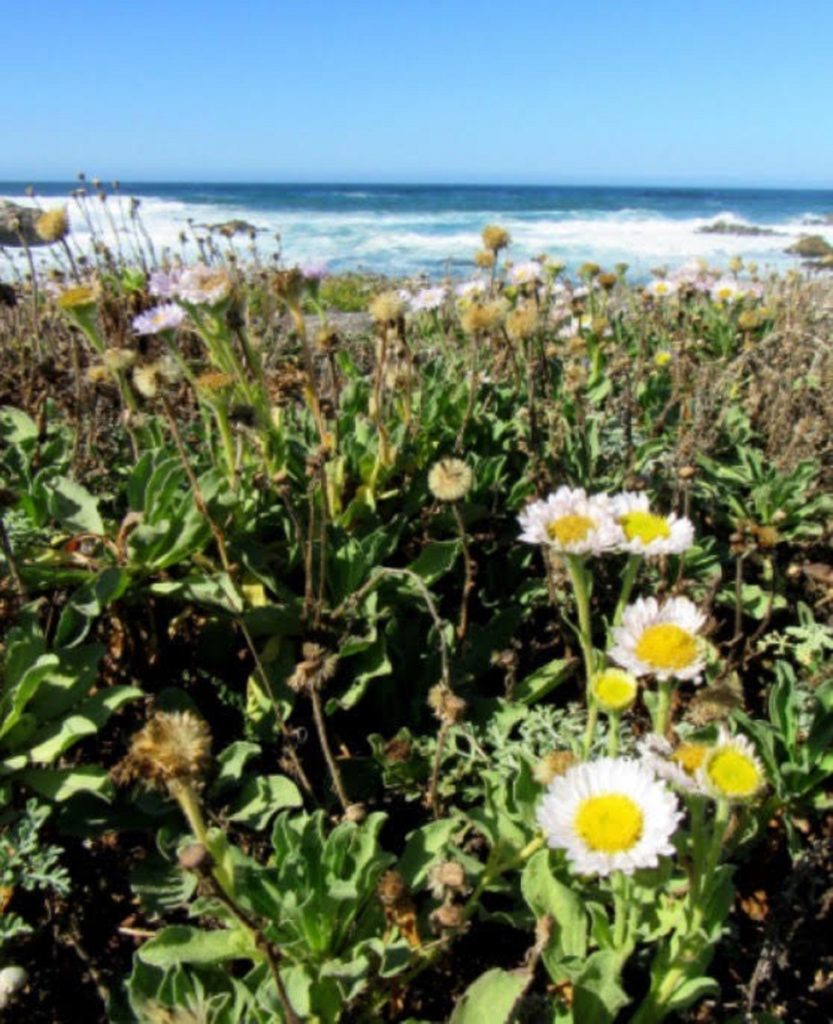
Growing up in the Pacific Northwest, I was exposed to a huge variety of Flora and Fauna in the beautiful nature that is Oregon, Washington and British Columbia. My favorite was and still is the coastal region of the PNW. It is common to see Terns, Seagulls, Orcas, Sea Lions and more. One little colorful and energetic coastal bird that is quite common to see, especially around the Columbia river bar is the Belted Kingfisher.
Recently after reading a small excerpt from one of my books and discussion with a close friend of mine I had quite the revelation that my bird spirit animal is indeed the Kingfisher. Making all four spirit animals of mine marine animals (Canadian Coastal Wolf, Hammerhead Shark, Giant Manta Ray and Kingfisher).
So with today’s blog post I want to cover the facts, folklore and spiritual meaning of this beautiful and very important species.
Kingfisher facts

kingfisher, any of about 90 species of birds in three families (Alcedinidae, Halcyonidae, and Cerylidae), noted for their spectacular dives into water. They are worldwide in distribution but are chiefly tropical. Kingfishers, ranging in length from 10 to 42 cm (4 to 16.5 inches), have a large head, a long and massive bill, and a compact body. Their feet are small, and, with a few exceptions, the tail is short or medium-length. Most species have vivid plumage in bold patterns, and many are crested.
These vocal, colourful birds are renowned for their dramatic hunting techniques. Typically, the bird sits still, watching for movement from a favourite perch. Having sighted its quarry, it plunges into the water and catches the fish usually no deeper than 25 cm (10 inches) below the surface in its dagger-shaped bill. With a swift downstroke of the wings, it bobs to the surface. It then takes the prey back to the perch and stuns the fish by beating it against the perch before swallowing it. Many species also eat crustaceans, amphibians, and reptiles. SOURCE
More Fun Facts
- Kingfishers have something called a nictitating membrane which is a thin translucent eyelid that protects their eyes when they dive underwater.
- When they breed they build their nest burrow into the stone-free sandy soil of a low stream bank. These burrows can also be utilized by Swallows.
- You won’t see these birds near polluted waters since the fish population is not big enough to support them. Each Kingfisher needs to eat its body weight in fish everyday.
- Males and females will combine their territories during breeding season in order to feed their young. During the colder months they will often divide their summer territory. Each territory covers about 1km of river. SOURCE

Cool facts of the Belted Kingfisher
- The breeding distribution of the Belted Kingfisher is limited in some areas by the availability of suitable nesting sites. Human activity, such as road building and digging gravel pits, has created banks where kingfishers can nest and allowed the expansion of the breeding range.
- The Belted Kingfisher is one of the few bird species in which the female is more brightly colored than the male. Among the nearly 100 species of kingfishers, the sexes often look alike. In some species the male is more colorful, and in others the female is.
- During breeding season the Belted Kingfisher pair defends a territory against other kingfishers. A territory along a stream includes just the streambed and the vegetation along it, and averages 0.6 mile long. The nest burrow is usually in a dirt bank near water. The tunnel slopes upward from the entrance, perhaps to keep water from entering the nest. Tunnel length ranges from 1 to 8 feet.
- As nestlings, Belted Kingfishers have acidic stomachs that help them digest bones, fish scales, and arthropod shells. But by the time they leave the nest, their stomach chemistry apparently changes, and they begin regurgitating pellets which accumulate on the ground around fishing and roosting perches. Scientists can dissect these pellets to learn about the kingfisher’s diet without harming or even observing any wild birds.
- Belted Kingfishers wander widely, sometimes showing up in the Galapagos Islands, Hawaii, the British Isles, the Azores, Iceland, Greenland, and the Netherlands.
- Pleistocene fossils of Belted Kingfishers (to 600,000 years old) have been unearthed in Florida, Virginia, Tennessee, and Texas. The oldest known fossil in the kingfisher genus is 2 million years old, found in Alachua County, Florida. SOURCE
Kingfisher as a Spirit Animal
In Polynesia, where the bird is sacred, the Kingfisher represents control over the seas. The connection is easy to see when you learn about the Kingfishers’ preference for living near water bodies where they can find food. Some clever Kingfishers even take to stocked backyard ponds!
When Kingfisher arrives in your life as a Spirit Animal, it heralds a time of abundance and peace. You have harvested the results of competent labor and begin attracting good fortune. Rejoice! Open your wings and fly on the winds of prosperity. Kingfisher will pull you back, however, if you misuse the blessing.

Kingfisher sometimes arrives as a Spirit Animal when you struggle with a specific fear. Kingfisher teaches you how to invoke courage and tackle anything coming your way head-on. The fear you experience may be because of an “unknown”- something you won’t truly discover until you reach the horizon. Kingfisher Spirit reminds you, such situations can open the way to expanded consciousness. Transform fear into anticipation.
The Kingfisher Spirit Animal brings new things into your life. Perhaps there will be a change in careers, a potential mate, or a skill you’ve been trying to develop. Whatever focus the Kingfisher brings, stick to it. Keep it in your sights. The best part? You will have a ton of fun.
For individuals who struggle with self-expression, the Kingfisher is a welcome ally. Explore the words you use and how you use them. Think about body language. Apply the psychic gifts you have for tapping into intent. If you heed your Spirit Animal’s advice, people will see you, hear you, and understand you fully. SOURCE
Celtic symbolism connects the kingfisher to serenity, patience, and the vibrant beauty of nature. The way that kingfishers wait for their prey alongside ponds and streams evokes a sense of tranquility and watchfulness. The Welsh poet William Henry Davies wrote of the kingfisher in his 1910 poem of the same name:
“It was the Rainbow gave thee birth,
– William Henry Davies
And left thee all her lovely hues;
And, as her mother’s name was Tears,
So runs it in my blood to choose
For haunts the lonely pools, and keep
In company with trees that weep.
Go you and, with such glorious hues,
Live with proud peacocks in green parks;
On lawns as smooth as shining glass,
Let every feather show its marks;
Get thee on boughs and clap thy wings
Before the windows of proud kings.
Nay, lovely Bird, thou art not vain;
Thou hast no proud, ambitious mind;
I also love a quiet place
That’s green, away from all mankind;
A lonely pool, and let a tree
Sigh with her bosom over me”
Kingfisher in Dreams
Dreaming of a kingfisher is largely a positive experience which indicates the start of a peaceful or joyous period in one’s life. A kingfisher’s appearance in a dream may mean that you have entered a period of rest or calm, and that you should take this time to renew yourself and acknowledge your blessings with gratitude.
A kingfisher dream may also indicate longing. It may be a sign that your energy is too focused on something unattainable. Be especially cautious about nostalgia. The past is perhaps the most unattainable object of all; you can only move forward. SOURCE
The kingfisher—also known as the halcyon bird—is linked to the mythic origin of halcyon days, a state of happiness that Marina Richie hopes to find outside her back door in Missoula, Montana. Epiphanies and a citizen science discovery punctuate days tracking a bird that outwits at every turn. The female is more colorful than the male (unusual and puzzling) and the birds’ earthen nest holes are difficult to locate.
While the heart of the drama takes place on Rattlesnake Creek in Missoula, the author’s adventures in search of kingfisher kin on the lower Rio Grande, in South Africa, and in London illuminate her relationships with the birds of Montana. In the quiet of winter, she explores tribal stories of the kingfisher as messenger and helper, pivotal qualities for her quest. For all who love birds or simply seek solace in nature, Halcyon Journey is an inviting introduction to the mythic and mysterious belted kingfisher.
Kingfisher Encounters and Omens
An encounter with a kingfisher is often a sign that you need to slow down and exercise some patience. Kingfishers are the ultimate stoics, placidly surveying the water below for as long as it takes. If you encounter a kingfisher, it may mean that you must wait in order to achieve your goal.
Additionally, a kingfisher encounter may be an invitation to stop and smell the roses. Do your best to enjoy the present without fixating on a singular goal or desire. Nature’s beauty is all around us and it never costs a dime. The kingfisher reminds us to be grateful for what we have and for all of the amazing things that we have the opportunity to experience each day. SOURCE

Kingfishers in Folklore and Mythology
The kingfisher is a small blue and orange bird that can be found in most of the world. In Greek mythology, Alcyone, a Thessalian princess, and Ceyx, the son of Lucifer, were married. They sometimes called themselves Zeus and Hera. This angered Zeus and he threw a thunderbolt at Ceyx’s ship while he was out to sea. Ceyx was killed. Morpheus, the god of dreams, came to Alcyone in a dream as Ceyx and told her of his fate. Alcyone was overcome and drowned herself. The gods took pity on them and turned them both into kingfishers. Kingfishers were also known as Halcyons in Ancient Greece. Any days of calm and peacefulness are called Halcyon days.
Polynesians believed the sacred kingfisher had control over the water and the waves.
Different Native American tribes have different symbolism for kingfishers. According to Makkah legend, when the earth was populated by the Two-Men-Who-Changed-Things, they turned a fisherman who was also a thief into the kingfisher. The white feathers around the kingfisher’s neck were the shells from the necklace that the thief had stolen. A kingfisher on a totem pole represents speed, agility, luck, and patience. The Sioux associate the kingfisher with fertility. Most North Coast Indians view the kingfisher as a sign of good luck.
The Dusun people in Malaysia consider the kingfisher a bad omen. Warriors who saw a kingfisher when going into battle were supposed to return home.
In China, kingfishers are symbols for faithfulness and happy marriages.
In Sabah, from 1982-88 the coat of arms depicted a kingfisher. Traditional fishermen considered the kingfisher a messenger of the gods. SOURCE
There is so much more I could add regarding this amazing global species known as the Kingfisher but I feel I have covered a really good amount of content. Even as I put this blog post together I have felt a deeper connection to the Kingfisher and even plan to purchase the book I found for this post. I feel like I personally need to learn more about this species and specifically focus on the Belted Kingfisher which I absolutely intend to do.
Further Resources
The Myth of Halcyon – Halcyon Days
Kingfisher Symbolism: 7 Spiritual Meanings of Kingfisher
The Ancient Greeks Believed Kingfishers Were Born of Epic Love
Native American Kingfisher Mythology
Take on Nature: Why the kingfisher is known as ‘the halcyon bird’

